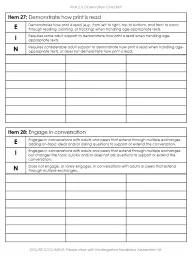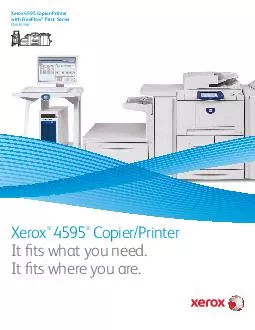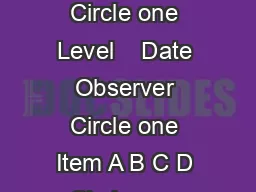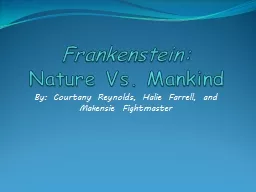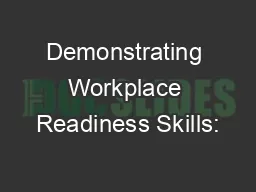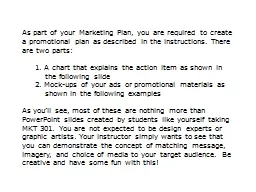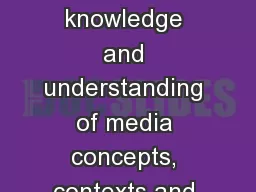PPT-Item 27: Demonstrate how print is read
Author : celsa-spraggs | Published Date : 2019-11-22
Item 27 Demonstrate how print is read E Demonstrates how print is read eg from left to right top to bottom and front to back through reading pointing or tracking
Presentation Embed Code
Download Presentation
Download Presentation The PPT/PDF document "Item 27: Demonstrate how print is read" is the property of its rightful owner. Permission is granted to download and print the materials on this website for personal, non-commercial use only, and to display it on your personal computer provided you do not modify the materials and that you retain all copyright notices contained in the materials. By downloading content from our website, you accept the terms of this agreement.
Item 27: Demonstrate how print is read: Transcript
Download Rules Of Document
"Item 27: Demonstrate how print is read"The content belongs to its owner. You may download and print it for personal use, without modification, and keep all copyright notices. By downloading, you agree to these terms.
Related Documents

